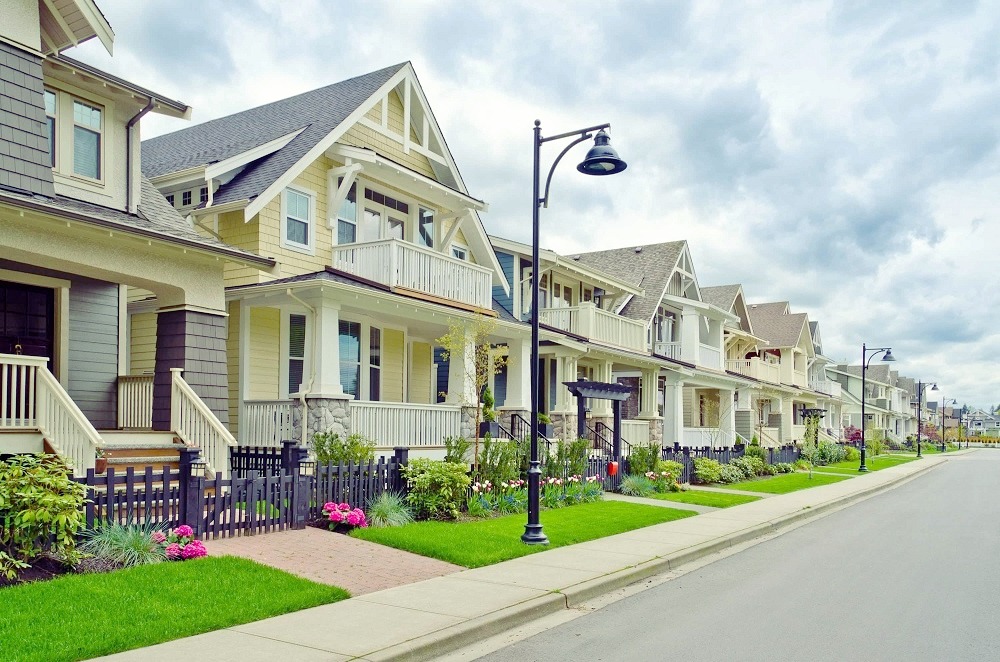The housing sector of Canada has been one of the great changes throughout its history, flowing with the ebb and tide of the circumstances of the moments it has been in. From the Building Era post the Second World war to the withdrawal during the recessions of the 1930’s, 80’s and 2008, its architecture has been continually morphed into the shape it is currently in. And it’s looking to undergo some more changes for the challenging times ahead.
The reality of the Canadian realty sector
- Calling it home: There is 70% ownership of homes across the country and the rest go for rent. The reasons behind ownership include security of tenure and investing. There is also variety there, with more than half being single-family detached houses. 17% go for other ground-based structures such as duplexes, semi-detached and movable, rest 18 % and 10% going for low rise and high rise apartments respectively. As most of them have been built after World War Two, they are in rather a good shape, fewer than 6% requiring major repairs.
- Help only at fingertips: The situation for affordable housing has undergone the most dramatic and impact-laden change of all. From pre-WW2 time till 1993, the federal government has been directly involved in ensuring there was housing for all, via financial assistance, legislation and actual construction of affordable housing. It’s now mostly under the purview of city municipalities, with only the provincial governments of British Columbia and Ontario handling social housing policies at their level. Budget cuts and uncertain funding have left those who need help without it. The homeless population in major metropolitan areas has risen, with Vancouver seeing the numbers jump from 300 to 1100 in the 2000’s. The government provides some emergency funding for the frailest and elderly citizens, and some to temporary shelters and transition houses to address the homeless population. The rest of the renters are contending with the drop in a number of houses. While zoning laws and mandatory affordable housing units construction exist, alleviating the problems is proving to be difficult, particularly in the high price metro Many go for co-operatives which offer combined housing facilities and/ or financing assistance. Market Rental by private renting entrepreneurs has been one option, while residential hotels provide low rates for single occupancy rooms with shared bathroom and limited kitchen facilities. These, however, don’t attract government rental assistance.
- Bridging the present and the future: Alongside dealing with present-day housing challenges, the government and other parties are looking at the future of housing and preparing for it. The issues of immigration and sustainability are the focus, and legislation is being or has been passed to obtain the best results. Mortgage markets have been receiving continued support from the government, and buildings are going greener by the brick.
There are presently a lot of holes in the walls of Canadian housing condition. It remains to be seen how well they can be patched up before they compromise the structure altogether.
